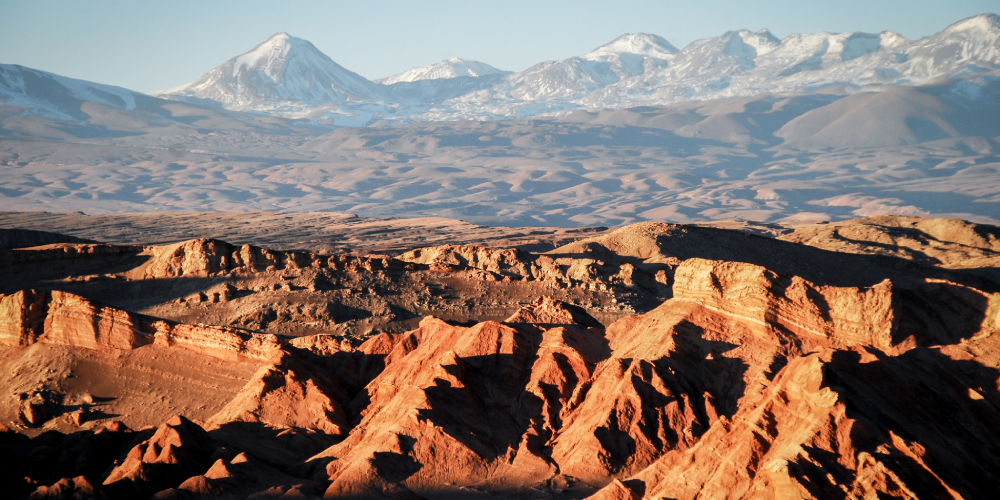
The Necrotic and Beyond

600 million years in the future, the Phanerozoic Eon will come to an end with the Matean-Queenslandian Extinction Event. As the Necrotic Eon begins sun progresses through its life cycle, and becomes a red giant. Its temperature and luminosity skyrocket. This heating encourages the evaporation of water, and as this happens rocks begin to harden. Thus, plate tectonics begin to slow, and 800 million years hence they grind to a halt. With the earth's surface at a standstill, with no volcanic activity beyond the odd hotspot, there is no means for carbon to return to the atmosphere from the earth. The remaining carbon in the atmosphere weathers into exposed rock. Below a certain threshold of atmospheric carbon, photosynthesis becomes impossible. Plants are the first to go extinct, followed by multicellular heterotrophs. The last eukaryotes to survive are oceanic microorganisms and radiotrophic fungi, escaping the sun-baked surface deep underground and underwater. But once the sun evaporates all surface water 1.2 billion years hence, even these organisms have a short lease on life.
A few bacteria and archaeans manage to cling to life deep underground as the Necrotic Eon gives way to the Athalassic Eon. After over a billion silent years, life finally gives in 2.8 billion years hence. By now, the earth's outer core has solidified, and its magnetic field and atmosphere have dissipated. Earth spends its final chapter, the Tartaran Eon, as a dead planet, blasted by radiation from the still-growing sun, now well into a red giant phase. Eventually the sun expands so far that it consumes Mercury, Venus, and finally, 7.59 billion years hence, Earth. 8 billion years hence, the sun reaches its maximum diameter. It sheds many of its exterior layers and matures into its final form: a carbon-oxygen white dwarf star, dimly illuminating the remnants of the solar system.
| ← Matean-Queenslandian Extinction |